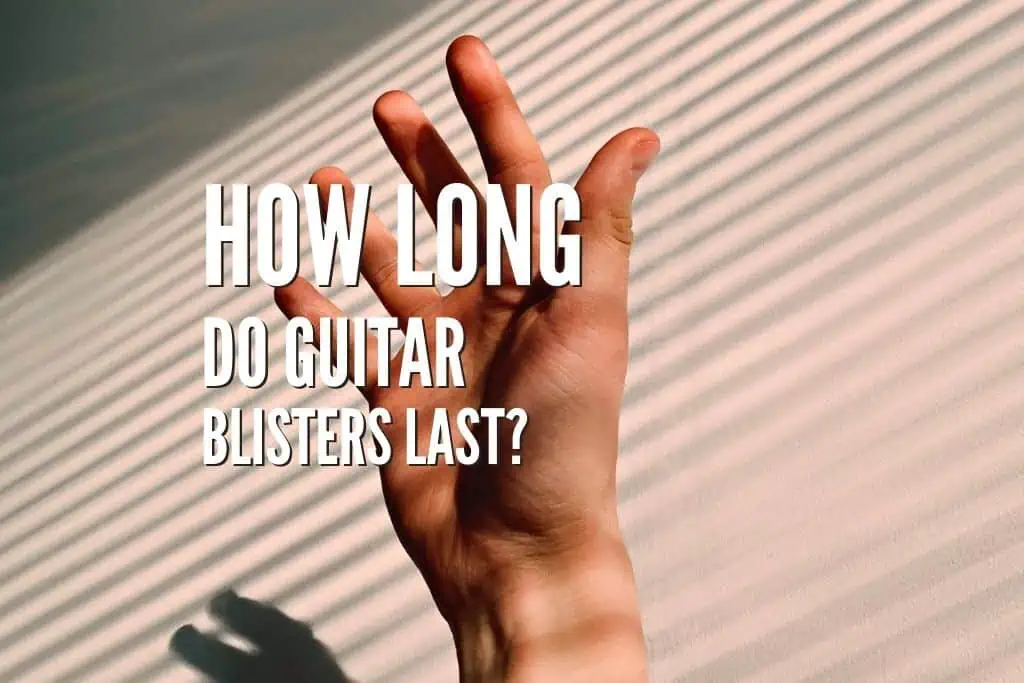One of the most common side effects of playing guitar is blisters. As a result of the friction between the strings and fingers, blisters are small fluid-filled sacs. The skin develops them to adapt to the pressure and abrasion of playing. They are annoying and painful for guitarists, raising the question of how long it takes them to go away.
Depending on the size of the blister and care, blisters can take around a week to heal. With proper care, including not playing guitar and using hand creams to heal the skin, they can heal even faster. However, keeping on playing can lead to bleeding, which would prolong the recovery process up to 2 weeks.
If you are suffering from or curious about blisters and want to learn more about recovery, read on!
What Causes Guitar Blisters?
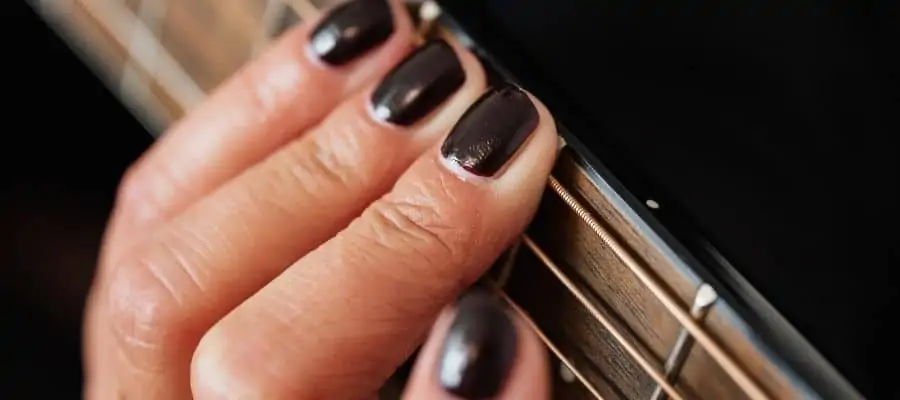
Guitar blisters occur due to the constant pressure and friction between the fingertips and the strings. It is more commonly seen in beginner players or guitarists who start to play more frequently than usual. The rubbing of fingertips on strings creates these fluid-filled sacs under the skin.
Guitar blisters are the transition phase to guitar calluses, which are thicker and tougher. They act as the natural protector between the skin and the strings, which prevents blisters, allowing guitarists to play without fear.
How Long Does It Take Guitar Blisters to Heal?
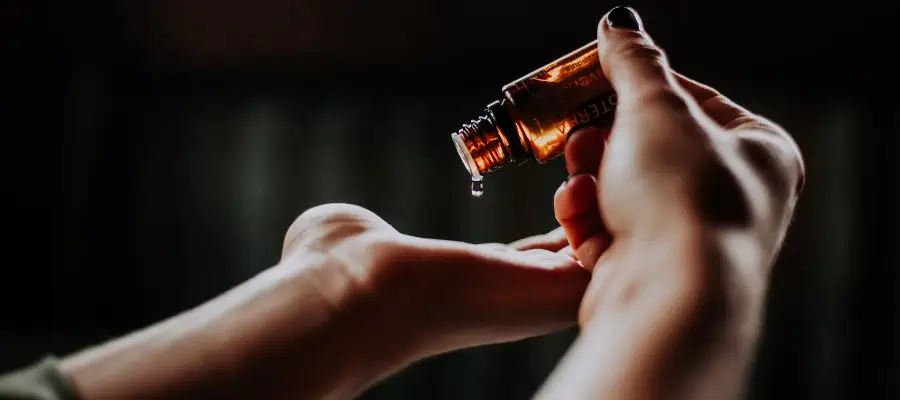
On average, a guitar blister heals in one week. But, the care with hand cream and resting from playing for a few days can shorten the process. On the other hand, continuing playing can make your blisters bleed, making the healing process last up to 2 weeks.
That being said, the exact duration of blisters can depend on many factors, such as playing habits, skin resilience, and techniques. But, with proper care and time, they will deflate and heal pretty quickly.
How To Treat Guitar Blisters?
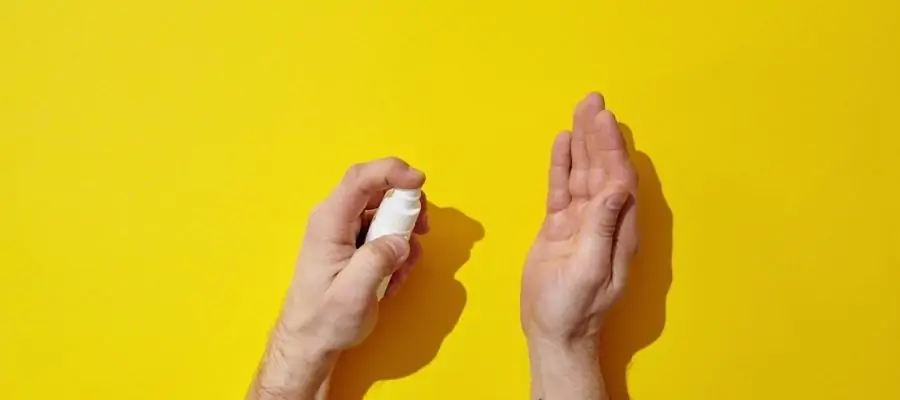
The best thing to do when you have a guitar blister is to give it time to recover. The main reason the blister is there is because your skin is not used to withstand that much friction, which is why it is hurting. So, the first thing to do is to stop playing guitar and use hand cream to restore your skin.
Continuing to play guitar will cause the blisters to pop and or bleed, which increases the possibility of infection. Popping out the blisters anyhow will only increase the healing process. It will also make your fingers hurt more, keeping you away from your guitar for longer periods.
If you give the blisters enough time to heal and start playing later, you will realize that your skin will start building harder shells on your fingertips called calluses. Calluses act as natural barriers between the strings and sensitive skin parts, allowing guitarists to play guitar without having blisters on their fingertips.
How to Prevent Guitar Blisters?
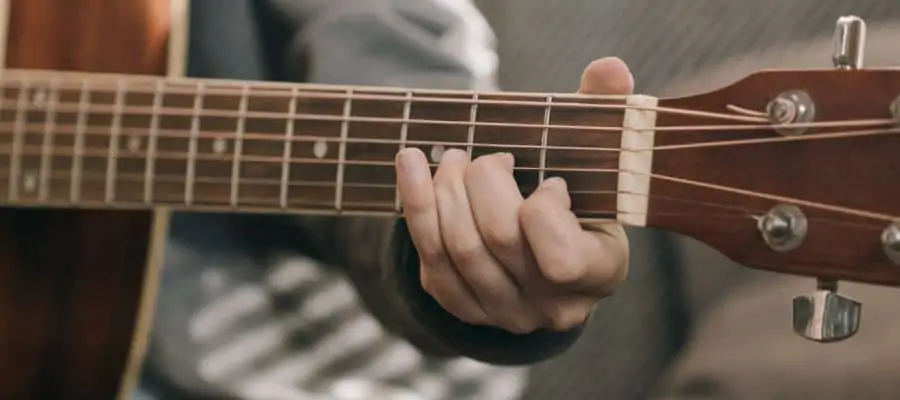
There are some preventative measures you can take to avoid blisters. These include:
- Do not push yourself to the limit while practicing.
- Gradually increase the practice session periods.
- Remember to take breaks in practice sessions.
- Try not to press strings too hard.
- Use high-quality, well-conditioned strings.
- Use hand cream after playing guitar.
- Stop playing when you start to feel discomfort on your fingertips.
One of the main reasons guitar blisters occur is playing guitar more frequently and longer than usual. This is why beginners, as well as guitarists who did not play guitar for a while, more often develop blisters on their fingertips.
So, going easy and gradually increasing the playing time will give your fingers more time to adapt to their new reality. This way, they can have more time to develop calluses to protect your fingers.
Using hand lotions or creams is also a great idea to keep your hands moisturized, and it will help your skin restore itself faster.
Another common mistake beginners often need to correct is pressing the string with too much strength. As you can not really control the strength of your fingers when you start to play guitar, it is quite a normal process. However, trying to press the strings lightly will significantly help to prevent the strings from hurting your fingers.
Thumb Blisters
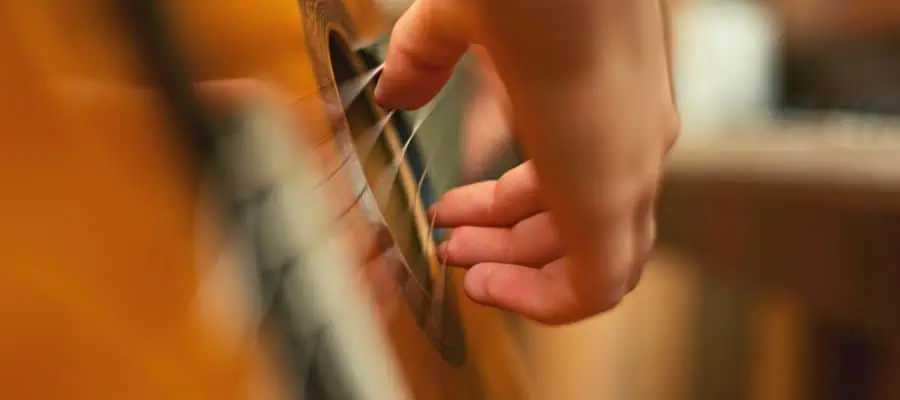
Just like the fingertips of the fretting hand, the thumb of the picking hand can also get a blister if you are playing fingerstyle guitar. As the thumb is used to pluck the bass strings, the string creates a similar friction on the finger, which leads to blisters.
The healing process of thumb blisters is precisely the same as that of fingertip blisters. However, you can avoid them more easily by using fingerpicks or adhesive tape on your thumb.
Conclusion
Guitar blisters result from the pressure and friction between the strings and fingertips, a common discomfort suffered by most guitarists at some point. They last from a few days to a week if cared for properly. But, the process can take up to two weeks if they transform into wounds for any reason, such as continuing playing or popping them out.
So, when you encounter a guitar blister, take a few days off, use hand cream to make the healing process faster, and your fingertips will be better than before for playing your instrument.
If you found this article useful, you may want to save this pin below to your Guitar board.
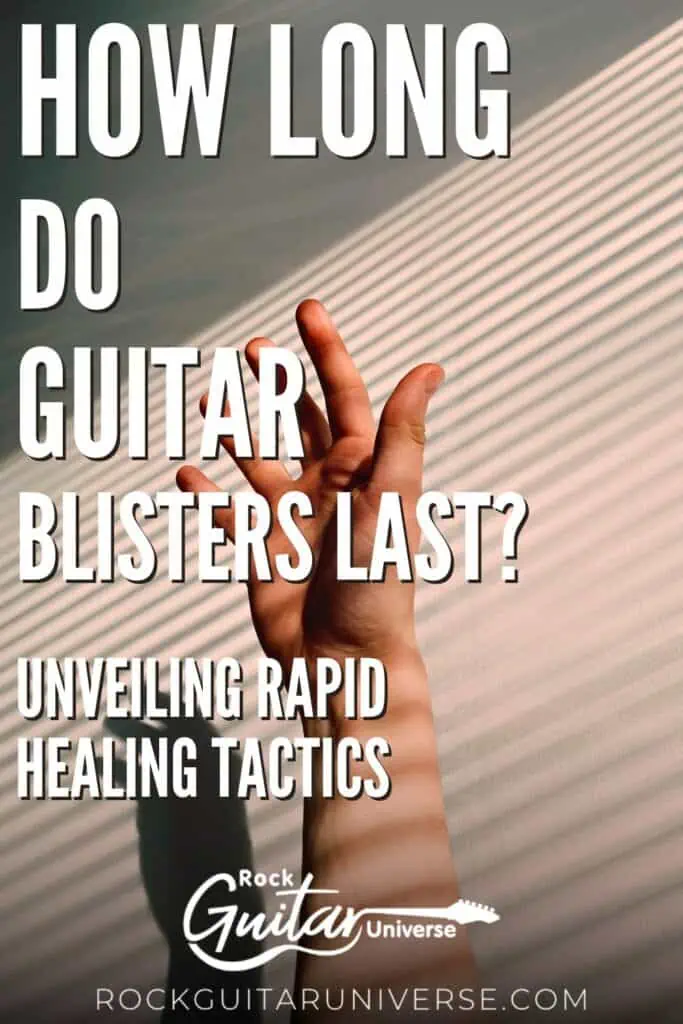
Recent Posts
Some guitarists insist on buying an expensive amplifier with their electric guitar. They assume that this is a must for every type of guitarist out there. However, in some situations, this isn’t...
Top 50 Free Realistic Guitar VST Plugins With Sound Examples
As technology has rapidly advanced in the recent decade, computers are stealing more and more roles from physical musical instruments and accessories. Nowadays, you do not need expensive amps,...

